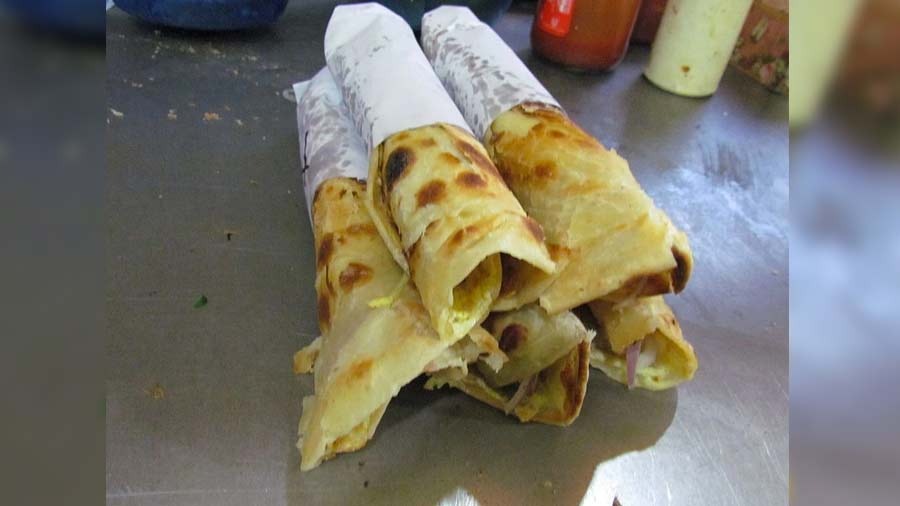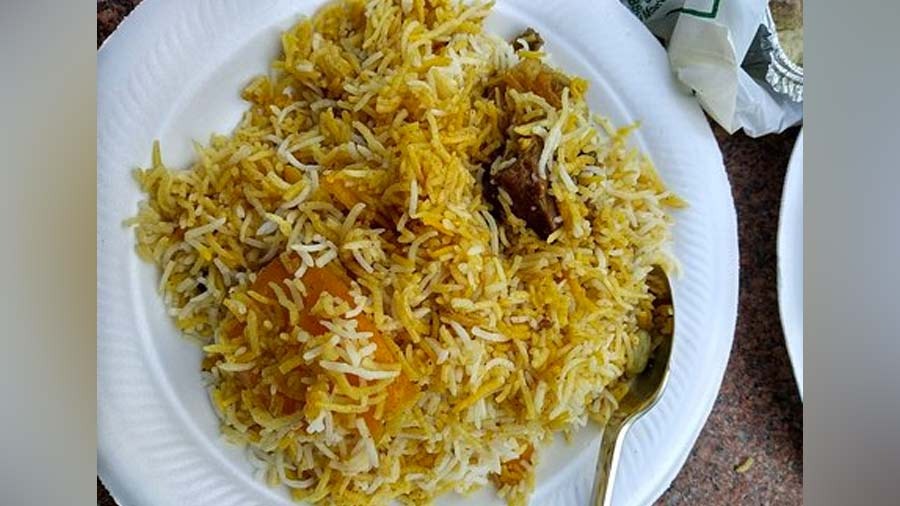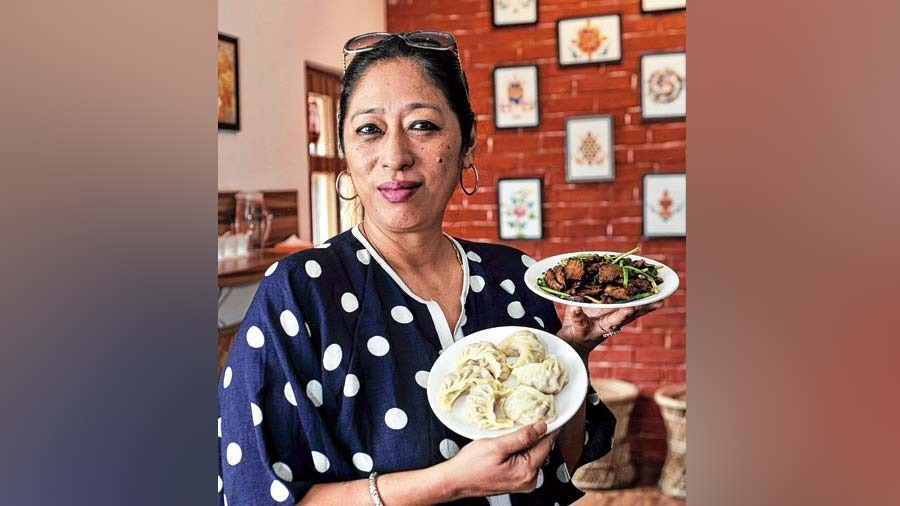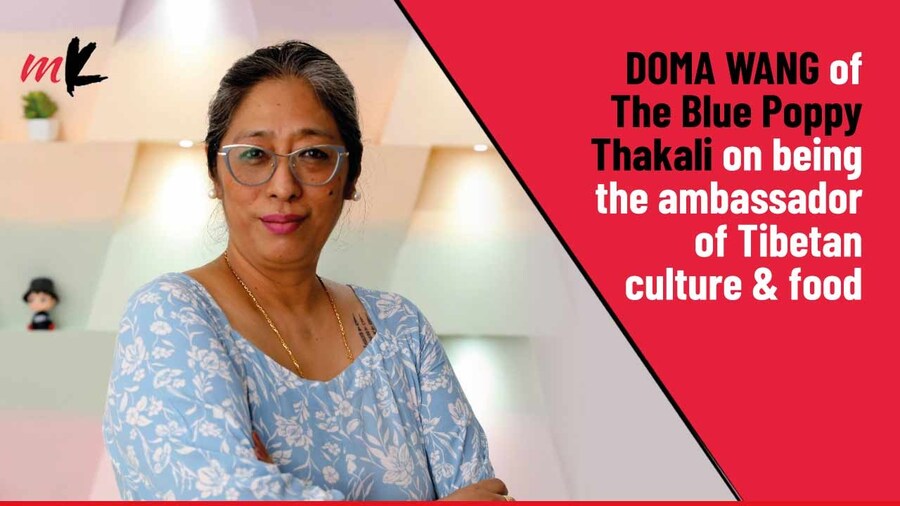Lunch at The Blue Poppy, dinner at 6 Ballygunge Place, and plenty more meals to go. In his four-day visit to Kolkata, Vir Sanghvi’s itinerary was packed with restaurant visits and tastings. The co-founder of Culinary Culture, which is “India’s only authoritative culinary movement”, was in town to explore the flavours of the city that he once called home.
My Kolkata chatted with the man who wears many hats – editor, columnist, TV host and food critic – to talk about Kolkata’s food. Here are snippets from the interview held in his Presidential Suite at the ITC Royal Bengal on August 14.
My Kolkata: Vir, you’ve lived in Kolkata for almost 10 years…
Vir Sanghvi: Over a decade, actually. I had a house in Calcutta, or I lived in Calcutta, from 1986. Then I sort of had a house in Delhi from 1993, but also kept living in Kolkata till 1999.
What food memories do you have from those days?
Terrible. Kolkata used to be a gastronomic wasteland. It was very difficult to get good food of any kind in Kolkata in those days. You had the sort of old-style, Punjabi restaurant like Amber, which was near the ABP office, and we used to go there all the time. There weren’t many good Bengali restaurants; 6 Ballygunge Place, Kewpie’s and all that happened after I had left, or just as I was leaving. There was Suruchi, which was about the only thing. So the irony was you could come to Kolkata, try to find Bengali food, but go home disappointed.
Then Taj opened Sonargaon, which was supposed to be a Bengali restaurant, but they stole a manager and two chefs from ITC. So it had things like Kakori Kabab, which as far as I know is not a great Bengali dish!
That there wasn’t great Bengali food in Kolkata in those days was, I think, one of my greatest regrets. The western food was like a certain kind of western club food, which on the whole was pretty revolting. So, I didn’t eat very well in Kolkata. I have to say that is why I started eating from the streets of Kolkata — because that was the only way I was sure of eating well.
Where did you eat street food?
All over. Near AC Market, in front of Vardaan Market, in front of Victoria Memorial… everywhere. People kept saying I’d fall ill but I never did.
Who or which brands from Bengal, according to you, have been game changers in the industry?
Nobody.
What about Gaggan Anand?
Gaggan was brought up in Kolkata, trained with the Taj in Delhi, and made a reputation when he went from Delhi. When he was in Kolkata, he never did anything.

Gaggan Anand's career took off after he left Kolkata, says Vir @gaggan_anand/Instagram
In Culinary Culture’s list of ‘India’s Top 30 Chefs 2022’, there were three chefs with a Bengal connection who were awarded – Asma Khan, Vikramjit Roy and Doma Wang. What does that say about talent from the east?
That’s not so bad. I think there was only one Maharashtrian on the list so if you look at it that way, Bengal doesn’t do badly on the national list.
Which is the greatest Kolkata dish, according to you?
The Nizam’s roll, without a doubt. One of the ironies of Kolkata – and your readers will love this – is that all the Kolkata dishes that are famous over the world and in India, are not Bengali dishes. We say that Mumbai is a melting pot, but Kolkata, in its own way, is a melting pot and it is a city that has nurtured other people’s cuisines and made them their own.
The Wajid Ali Shah biryani is basically an Awadh biryani that the less privileged put potatoes into because they couldn’t afford meat. All the street food really comes from UP and Bihar, and Nizam’s rolls were created in Kolkata, but by people who are not Bengalis, right?

The Nizam’s roll, one of Vir’s favourites TT archives
In that case, is there any Kolkata food that has uniquely contributed to Indian cuisine?
If you were to look at dishes that have spread all over India and are Bengali in origin, it is only the sweets. No matter where in India you go, you get some mithai that has its origins in Kolkata. The sweets that have actually transformed the way we look at Indian cuisine, are Bengali creations.
Personally, what’s your favourite kind of biryani?
That’s difficult to say… I like every kind of biryani. When I am in Kolkata, I love a good Kolkata biryani, but I also like an Awadhi biryani and a Thalassery biryani. In Kolkata, I've tried a lot of biryanis. I’ve eaten like seven biryanis in one day and some of my favourites would be from Royal Indian Restaurant and Zam Zam.

Biryani from Zam Zam TT archives
On this trip to Kolkata, you visited a lot of restaurants. What are some of the pleasant surprises so far?
I’m only halfway through but all of them, actually. 6 Ballygunge Place is really a perfect restaurant from my perspective. It's a large restaurant and still manages to serve food of very high quality. It’s a restaurant that doesn’t charge a lot of money. It’s a restaurant that’s full of families and people enjoying themselves. It’s not a snobbish ‘rich people’s’ place. The cuisine is home food, done to a very high standard. To me, it's as close to a definition of ‘perfect restaurant’ as can be.
I was very impressed with Doma Wang’s food at The Blue Poppy because I don't think there’s anybody doing what she does. She calls it Himalayan food, which is sort of a made up characterisation, but she does Kolkata Chinese, Tibetan, Nepali – we did Nepali pickles which were outstanding – and she does a lot of the food of the hills. She does stuff that’s of a different standard. Her father was Chinese and a noodle maker so there is that tradition within the family. For instance, she’s called the Momo Queen, but her momos are nothing like Tibetan momos, which are actually quite crude. Hers are quite delicate, with translucent skin. She’s taken the best of the Chinese dim sum tradition and brought it to momos.

‘I was very impressed with Doma Wang’s food at The Blue Poppy because I don't think there’s anybody doing what she does,’ says Vir TT archives
What’s the one food topic that makes the most noise on Twitter?
Biryani. India is obsessed with biryani. One of the ironies of our times is that when we have been so communally divided, as we’ve never been since 1947, even the most Muslim-hating Hindu will quietly go and eat biryani. So biryani is the one thing that unifies India in these troubled times.
But if you look at all the pandemic figures, and you look at Zomato and Swiggy, the most ordered dish in India is biryani. It’s taken on a life of its own in Chennai where there is no biryani tradition. They’ve created their own biryanis in the last 20-30 years as the most ordered dish there.
Which Indian cities offer the best a) fine dining b) casual dining c) street food?
Delhi for fine dining, Bombay for casual dining and Kolkata for street food.
Finally, today when you visit Kolkata, everyone wants a piece of you. If you had no engagements, how would you really wish to spend an extended weekend in the city?
My wife (Seema) and I both have Kolkata connections. She grew up here and went to school here. So her kind of Kolkata is going to the Botanical Gardens in Howrah, going and enjoying Victoria Memorial, going to Esplanade. I think, for all of us, those are the memories of Kolkata we cherish. And that’s what we’d do.


